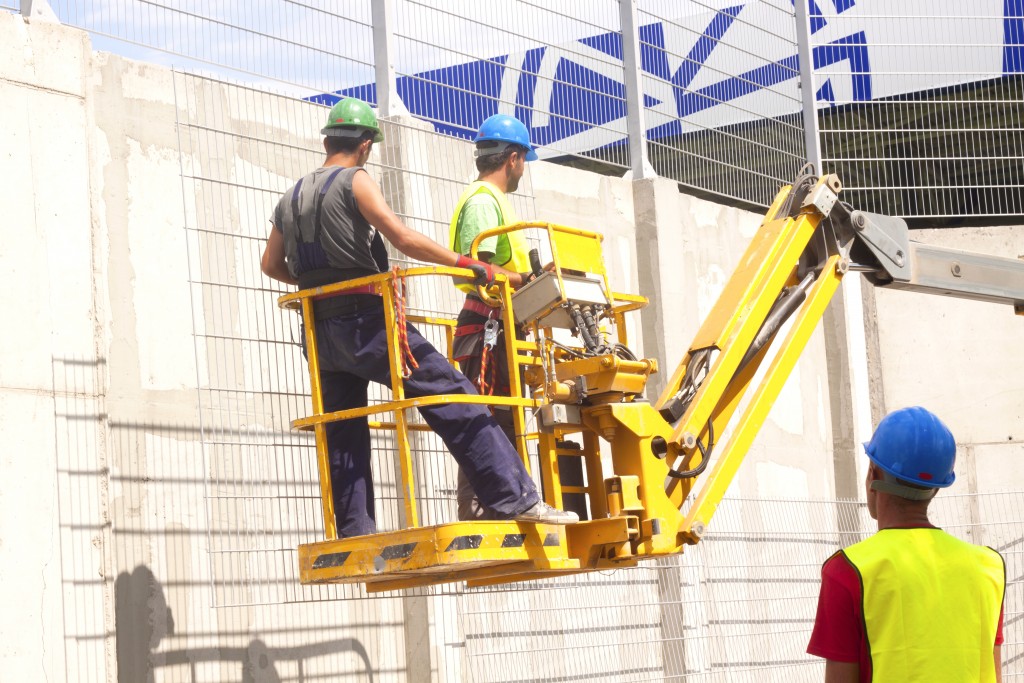Metal is one of the most versatile materials that can be used in any industry. Its fabrication ranges from creating new shapes and sizes to forging and welding. There is an endless possibility in the application and use of metal and most people are not aware of it.
Metal fabrication
Metal fabrication is a broad term that describes the creation of metal objects or structures through cutting, bending, molding, and assembly. Most often than not, it is a process for creating end products like machines, machine parts, and structures from raw or semi-finished metallic materials. Custom metal fabricated products are mostly crafted from a range of metals and alloys. Some of these metals available for custom metal fabrication are aluminum, brass, copper, gold, iron, nickel, silver, magnesium, tin, titanium, and various grades of steel.
Metal fabrication is commonly done in fab shops where metal fabricators work on projects. They have different tools and equipment to efficiently help them make different forms of metals for different industries. Some of which are torches, drills, saw, and blasters. Pipe rotators, which are used worldwide like in Australia, are one of the important tools in making forms as it is used welding.
Welding use
Welders are the most sought-after job in the world, as welding in metal fabrication has may applications in various industries. Here are some of the important industries that welding used:
- Aerospace
Welding was used to making the first commercial aircraft and it is still being used today, as welding is one of the most effective methods to fuse metal. Gas welding was the standard in the production of aircraft, and it is still being used in repairs. But, this has been supplanted with electrical arc welding which works well for most types of metal.
Today, MIG or metal inert gas welding is preferred when manufacturing aircraft. Plasma arc welding and electric resistance welding are also commonly used for joining sheeting and precision work in the manufacture of aircraft.
- Automotive
Automotive industries use MIG welding as it delivers a strong bond between thinner metals, ideal for joining sheets of aluminum in the manufacturing line. Laser MIG welding is popular in car manufacturing for its cost-effective nature and strength.
- Construction
Skyscrapers are tall buildings with tons of metals embedded on concrete. Metal joints are important in the structural stability of a building. On-site welding in commercial and residential construction uses steel and it needs strong bonds to create a structurally sound building. Flux-cored welding and plasma arc welding are the preferred methods in construction welding as it produces good detailing and strength.

- Manufacture
Manufacturing businesses that mass produce computer components and machines need welding too. Engines used in small household items and types of machinery use MIG welding method because it is cost-effective and fast.
- Railroad
Attaching and making the joints of steel rails in railroads uses welding, particularly shot welding which effectively fuses the steel together. Shot welding is a specialized method where metals are clamped together and are passed through a large electric current to make the bond.
- Shipping
Large vessels from cargo ships to cruise ships need a good welding method to create a stable ship that is leak proof. Aside from rivets to attach metals together, welding bonds and seals the connection between metals. Engineers also prefer welding as it is a faster way for ship manufacture and repair.
Metal fabrication is a broad work, and welding being one of its important components has a thousand of applications. This proves that metal is a versatile material that can be used almost anywhere. Without these methods and application, we wouldn’t have the infrastructure and transportation that we have today.